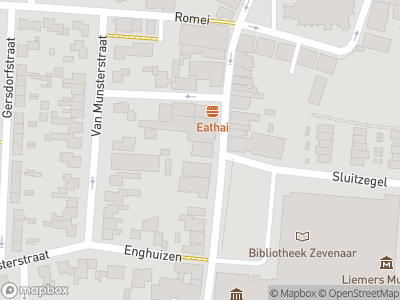Few people are familiar with the eventful history of the Liemers. For centuries, areas of the Liemers were not part of the Netherlands, but instead, were passed backwards and forwards between Prussia and France. In 1816, the Liemers definitively became part of the Netherlands, bringing an end to a long struggle for control of the Cleves enclaves.
Foreign power
In 1355, Count Reinoud III of Guelders was in financial trouble. He pawned the districts of Liemers and Emmerik to his colleague in Cleves, but never asked for them back. For many years, several villages in the Betuwe, the Ooij and the Liemers (Zevenaar, Duiven, Groessen and Loo) fell under the authority of Cleves. After that, they were moved around for centuries like pawns on a chessboard, from Cleves, to Prussia, to France or the Netherlands, and back again. At the start of the 19th century, the regime changes happened so often that Zevenaar’s mayor Bötterich served under three flags in the course of his 18 years in office. It was only in 1816, that the enclaves finally became part of the Netherlands for good.
Poverty
Being ruled by a foreign power was difficult for the enclaves’ inhabitants. The occupiers saw the area as a conquered land and sucked as much out of it as they could. They demanded bread, grain and flour and forced the residents to work for them. Many people lived in poverty. Add in the floods that often hit this area of abundant water, and it’s not hard to see why there was a stream of refugees. Many of these sought refuge in the Dutch Republic.
Joining the Netherlands
After the defeat of Napoleon, the Congress of Vienna (1814–1816) redrew the map of Europe. Netherlands and Belgium were united, although only for a short time. The fact that the Cleves enclaves joined the Netherlands again is something that the history books rarely mention. The Kingdom of the Netherlands recently celebrated its 200th anniversary. Soon the Liemers will also commemorate the anniversary of the enclaves joining the Netherlands, a good reason to highlight the turbulent history of the Cleves enclaves once more.














